Looking Forward: Top 10 Issues for 2018 in Food and Farming
Please visit Top Food and Agriculture Stories for 2020 for our latest predictions
In the past year since the Trump administration took office, we’ve had some crushing blows to our food and environmental systems. We’ve witnessed major cuts to the EPA, rollbacks on the Farmer Fair Practices Rules and proposed reductions to SNAP benefits. But we’ve also seen incredible momentum by consumers and advocates alike to support policies and initiatives that will make for a better future. We’ve rounded up a list of what food, farming and environmental issues to look out for in the next year and included ways you can stay involved and be an active food systems voice in 2018.
1. The Future of Organics
The organic community could be in for a big shakeup in 2018 after the National Organic Standards Board [NOSB] voted to let hydroponic and aquaponic farming stay in the program. The vote caused a fracture within the organic industry between those that see organic as meaning without synthetic pesticides, and those that believe its principles are linked to soil quality. After several other decisions by the board, the vote prompted NOSB member Francis Thicke to resign. Thicke has stated that “…big business is taking over the USDA organic program because the influence of money is corroding all levels of our government,” and is calling for the creation of an add-on label that would ensure “organic integrity.” Stay tuned for changes to the organic certification brand and its label, and what that means for your food.
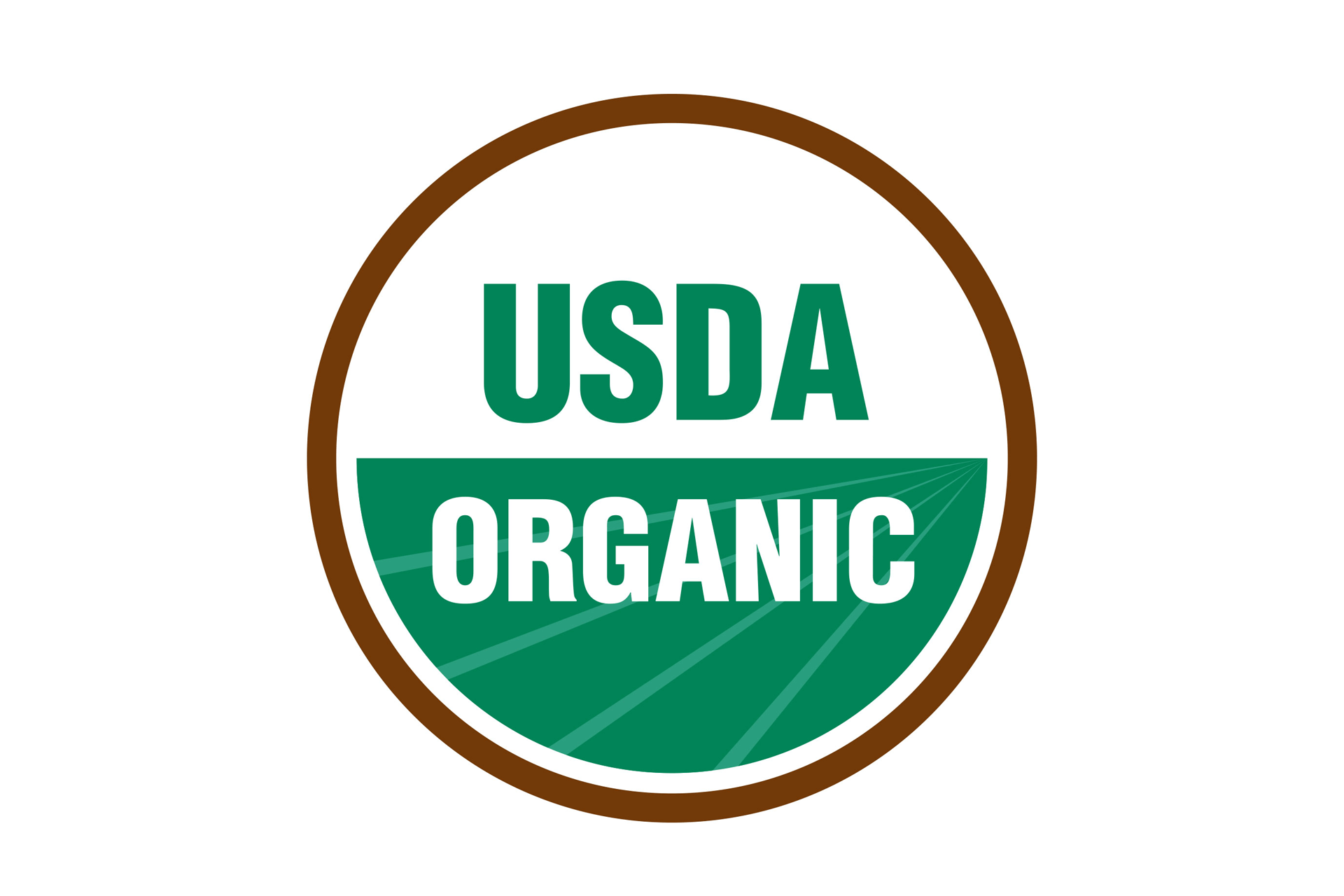
2. A Big Fight May Be on the Horizon Over the 2018 Farm Bill
The farm bill is a gigantic $956 billion (over ten years) piece of federal legislation that dictates America’s food and agriculture policy. While the vast majority of Farm Bill funding — about 75 percent — goes to the Supplemental Nutrition Assistance Program (or SNAP, formerly known as food stamps), the vast majority of the remaining funding goes to a combination of crop insurance, conservation and commodity programs. Only about $2.5 billion of the Farm Bill goes to a combination of forestry, rural development and sustainable agriculture programs. The current 2014 Farm Bill is set to expire in September 2018. The Trump Administration has made it clear that welfare is the next big focus for them, including changes to SNAP that will likely make it more difficult for people to access the program and reduce enrollment. In response, Republicans and Democrats are gearing up for a big fight over changes to the program that may derail the entire farm bill process. If a new farm bill is not passed on time — and many experts believe that it won’t be — progressive sustainable food and farming programs that lack what’s called baseline funding beyond FY2018 may be left stranded and without funding to operate, including the Food Insecurity Nutrition Incentive Grant Program, the Farmers Market Promotion Program, the Beginning Farmer and Rancher Program and the Organic Agriculture Research and Extension Programs.
If you care about these issues and their associated programs, make sure you’re registered to vote, check out where your elected officials stand on the issues with Food Policy Action and stay on top of what’s going on with updates from the National Sustainable Agriculture Coalition.
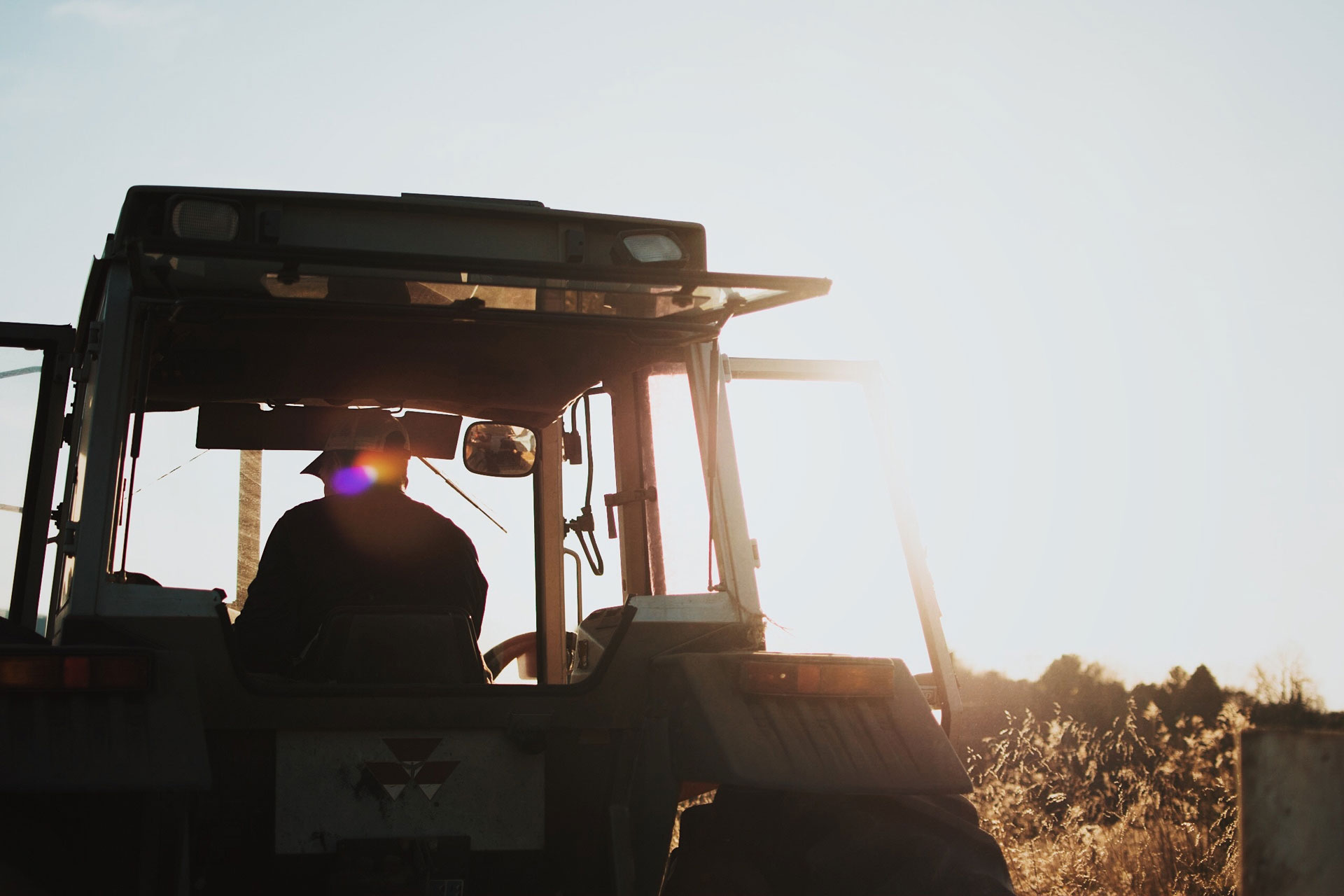
3. Natural Disasters Will Continue to Disrupt Our Food System
The Atlantic hurricane season of 2017 was devastating thanks to a series of major landfalling storms. The historic rainfall in Texas from Hurricane Harvey damaged vegetable crops, food warehouses and transportation routes, and forced ranchers to have to scramble to move their cattle to higher ground. The wind and rain from Hurricane Irma wiped out an estimated 30 to 70 percent of Florida’s citrus crop. Hurricane Maria destroyed 80 percent of Puerto Rico’s agricultural industry, a $780 million loss. In each case, America’s ability to grow and distribute its food supply was compromised. Unfortunately, the 2017 hurricane season’s damage to our food system is not unlike previous recent years; consider Irene, Katrina and Sandy, for example. We should anticipate more of the same in 2018, given our changing climate.
The key to withstanding future storms is building up resilience throughout the entire food system. Just as farms should adopt techniques to make them more resilient to future storms and climate change, city planners must prepare now to ensure food access during major storms and other emergencies. We can all play a part, too, by supporting local and regional farmers to help make our food system stronger.

4. Food Waste Rises Up
Food waste was one of the most pressing topics of 2016, and only continued to gain attention throughout 2017. The issue is two-pronged. In the United States, 40 percent of food is wasted, while one in eight people suffer from hunger. These statistics are a symptom of an inefficient and misdirected food system. What’s more, addressing the problem requires action across the entire supply chain: consumer education and advocacy to tackle food waste at home; pushing for improved approaches at the commercial level that keep food waste at the forefront; untangling the politics surrounding expiration date labeling; and re-directing excess food to where it’s needed most. This year, food waste officially made it to the big screen in Anthony Bourdain’s documentary, Wasted! The film highlights the fact that food waste is certainly not a singular issue; rather, it has far-reaching effects on several other issues facing our society, like climate change and food insecurity.
The positive side of this issue? There are endless things that we as eaters can do to minimize food waste, starting in our very own kitchens — and we’re doing it. Momentum to end food waste is growing within municipalities, private companies and with individuals. We have the agency to keep food waste in mind when shopping, prepping, cooking and saving, and collectively we can make a big difference. To start, here are five easy ways to reduce food waste. And if you’re looking for more resources, there are countless organizations and campaigns out there to turn to for support. Let’s make 2018 a waste-not year.
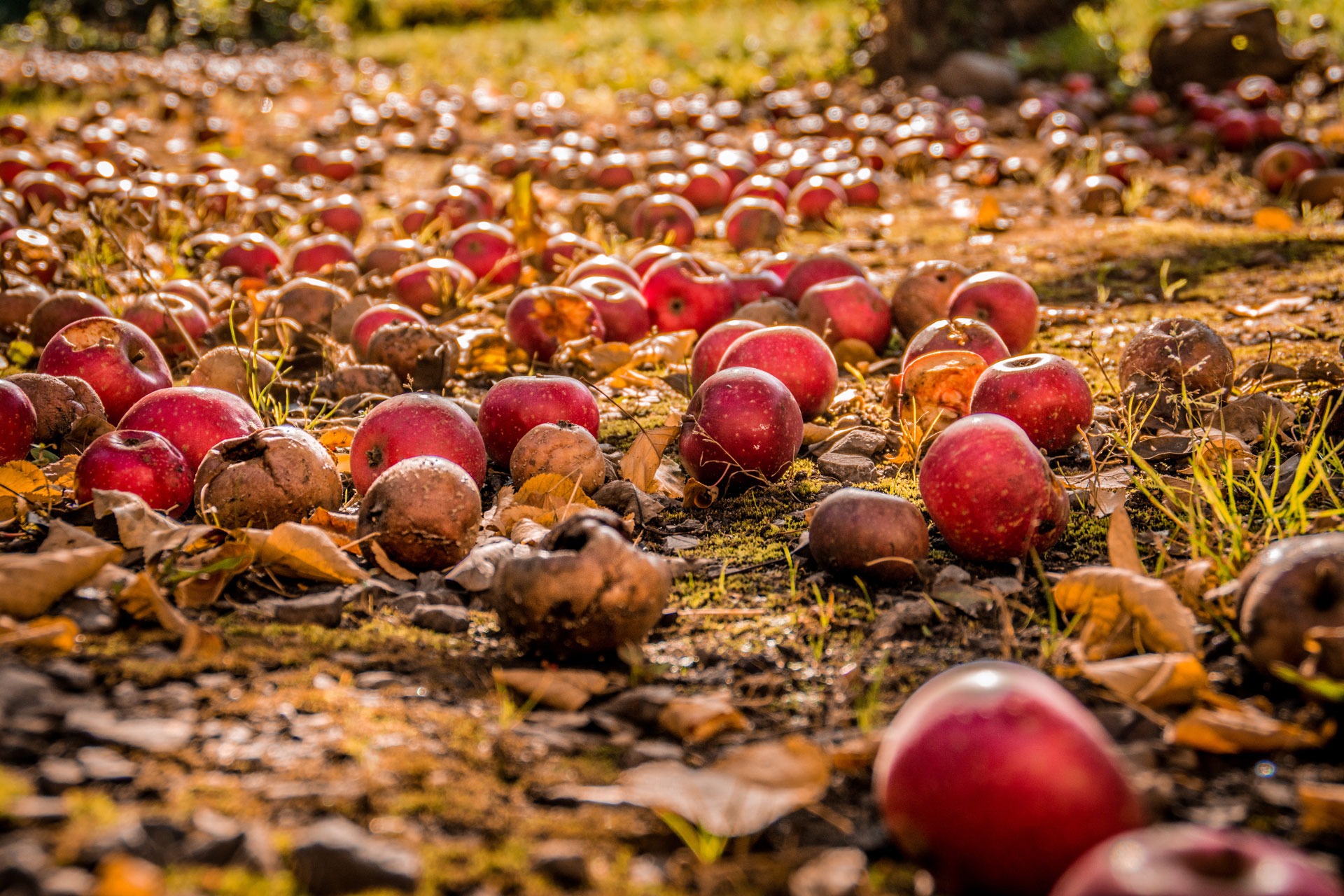
5. Harmful Algal Blooms Now Have Their Own Sad Season
Harmful algal blooms are the threat that keeps on growing. In waterways around the US (and the world), toxic algae is now a sad seasonal occurrence that peaks in late-summer or early fall. These outbreaks are worsening as a potent mix of warmer average temperatures caused by climate change combines with nutrient pollution from industrial agriculture and factory farm runoff, wastewater treatment plant discharges and other sources to supercharge growth. Harmful algal blooms can be damaging to people, pets, wildlife, fish and ecosystems, while exacting a high economic toll.
There are innumerable examples of this ongoing struggle against harmful algal blooms, with Exhibit A being the massive, infamous Gulf of Mexico dead zone that was the largest ever measured in 2017, and Exhibit B, Lake Erie’s noxious algal bloom that was its third largest.
It’s time to prevent our waters from being fouled by tides of green muck (not to mention yellow, brown and red). One major step people can take to lessen their impact is to choose water-smart foods. When possible, talk to farmers at local markets about what they’re doing to limit runoff. When buying meat, look for Animal Welfare Approved for the gold-standard in sustainably, responsibly produced animal products. Also, check out the Good Groceries Guide for more.

6. The Era of Deregulation
On January 30th, President Trump signed Executive Order 13771 which requires that “for every regulation issued, at least two prior regulations be identified for elimination, and that the cost of planned regulations be prudently managed and controlled through a budgeting process.” During his presidential campaign, Trump promised to reduce the number of federal regulations. This executive order makes good on that promise. The implications of this executive order have already been widely felt and will continue to play a major role in how laws are implemented and federal agencies operate in the New Year. Already, the Trump Administration has used this order to be able to withdraw the Farmer Fair Practice Rules and delay the Organic Livestock and Poultry Practices Rule.
To help people stay on top of what and how much is being deregulated under the administration, experts at the Brookings Institute have put together a new online database of deregulation activity across federal agencies called the Reg Tracker. You can even filter the database by subject area like Agriculture or the Environment to see what deregulation has been happening specifically in those areas.

7. Agriculture’s Ongoing Role in Climate Change
In 2018, we will continue to see the role agriculture is taking in climate change with soil quality, water use, air quality and animal agriculture. In 2017, we learned that the top three meat companies emitted more greenhouse gases than all of France and nearly as much as the energy giant Exxon. We also learned that livestock and other ruminant animals contribute around 14 percent of climate emissions whether they were raised in sustainable environments or not, and that grazing animals only offer slight potential to reduce atmospheric greenhouse gas pollution (an often-argued belief). Fortunately, sequestering carbon in soil can help reduce climate change when applied on a large scale while also capturing other environmental improvements through regenerative farming principles. In the coming year, we should see a more complete picture of agriculture’s role as a greenhouse gas contributor, but also its potential in helping to offset the harmful effects of climate change and produce more resilient systems.
Getting to know your farmer and shopping local are the first steps in staying climate friendly. Regenerative International has a list of resources to help consumers purchase regenerative foods and reverse climate change.
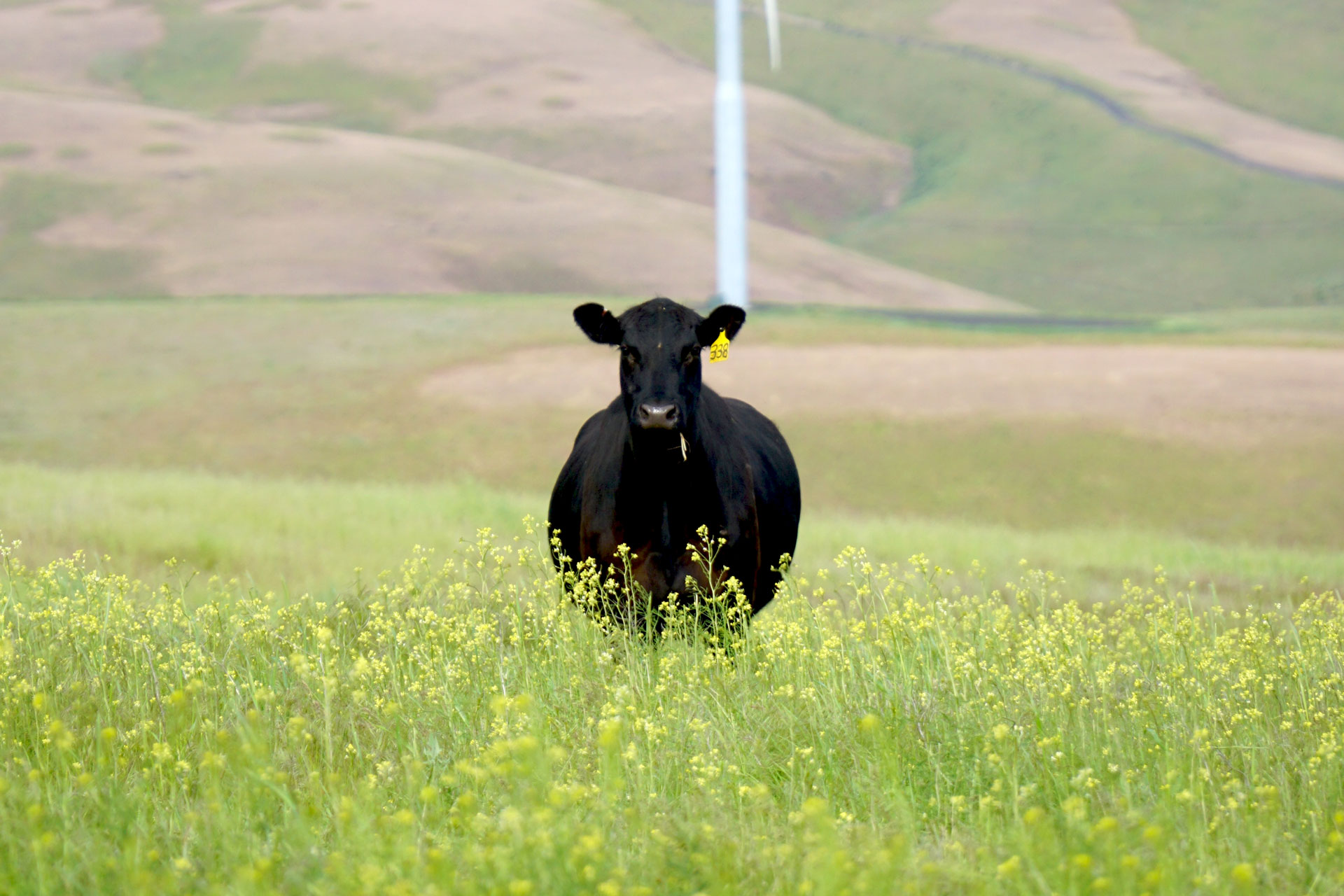
8. The Rise of the Meat-Free Burger
The growing attention to greenhouse gases, animal welfare and public health has put meat in hot water, galvanizing alternative meat producers to strike while the iron is hot. The Beyond Meat and the Impossible Burger are taking front stage in the era of new-age burger solutions, challenging consumers to see if they can spot a difference in flavor. The replacements are hitting the market fast, and come in several forms. Two strictly plant-based approaches are the genetically modified heme-forward Impossible Burger and the Beyond Meat Burger, which blend specific plants to achieve meat-like nutrient content. Some companies are taking a more radical approach. The grown-in-a-petri-dish varieties by Memphis Meats and Hampton Creek use stem cells to bypass the use of land and animals and have been dubbed “clean meat.” Tyson, one of the United States’ leading meat producers, bought a five percent stake in the Beyond Burger, marking the relevance of meat alternatives to even the most devoted carnivore. The burgers are the latest in the trend of startups confronting food systems problems with technological solutions. The advancements are in many ways optimistic, but will no doubt come with their own set of concerns.
Reducing meat consumption is an important choice for consumers to make, but we realize the alternatives can be baffling. Consumers can stay informed regarding the developments of new meat alternatives, but can always rely on plant-based proteins as a safe bet.

9. The Increasing Threat of Antibiotics Used in Agriculture
The continued use of antibiotics in industrial animal agriculture has put antibiotics used for human medicine at risk, meaning we are entering into a future where we will be unprepared to combat certain diseases. The drugs, which represent 80 percent of antibiotics sold in the US, are predominantly used to prevent disease and promote growth, rather than being used to treat sick animals. The use of unnecessary antibiotics has been linked to the rise of drug-resistant bacteria and infections. These antibiotics are a crucial component to human medicine.
According to the Centers for Disease Control and Prevention (CDC), each year at least 23,000 people die and at least two million people become sick from antibiotic-resistant infections. Given the significant impact to public health, there have been increasing calls to reduce antibiotic use on animals raised for food (hogs, cattle, chicken and turkeys) in order to slow the development of drug-resistant bacteria strains. And consumers and the food industry seem to be heeding the call. New data recently released by the FDA shows a 14 percent decrease in livestock sales of antibiotics important to human medicine from 2015 to 2016, whereas from 2009 to 2015 these sales had been on the rise. The decrease in sales for 2016, while encouraging to some degree, are significantly above the 2009 amount. Understanding the link between the meat on one’s plate and the efficacy of antibiotics can be confusing, but it is pressing that we continue to educate people and communities about the dangers of overusing antibiotics.
To help protect the safety of antibiotics, when shopping, look for meaningful labels such as the USDA Organic seal. Or look for a “no antibiotics” claim that is combined with a USDA Process Verified shield. These labels are reliable because they are independently verified. There are other labels you can look for, which either allow antibiotics only for the treatment of sick animals or prohibit antibiotic use flat out — these labels include Animal Welfare Approved, Global Animal Partnership and American Grassfed. Skip the “natural” label.
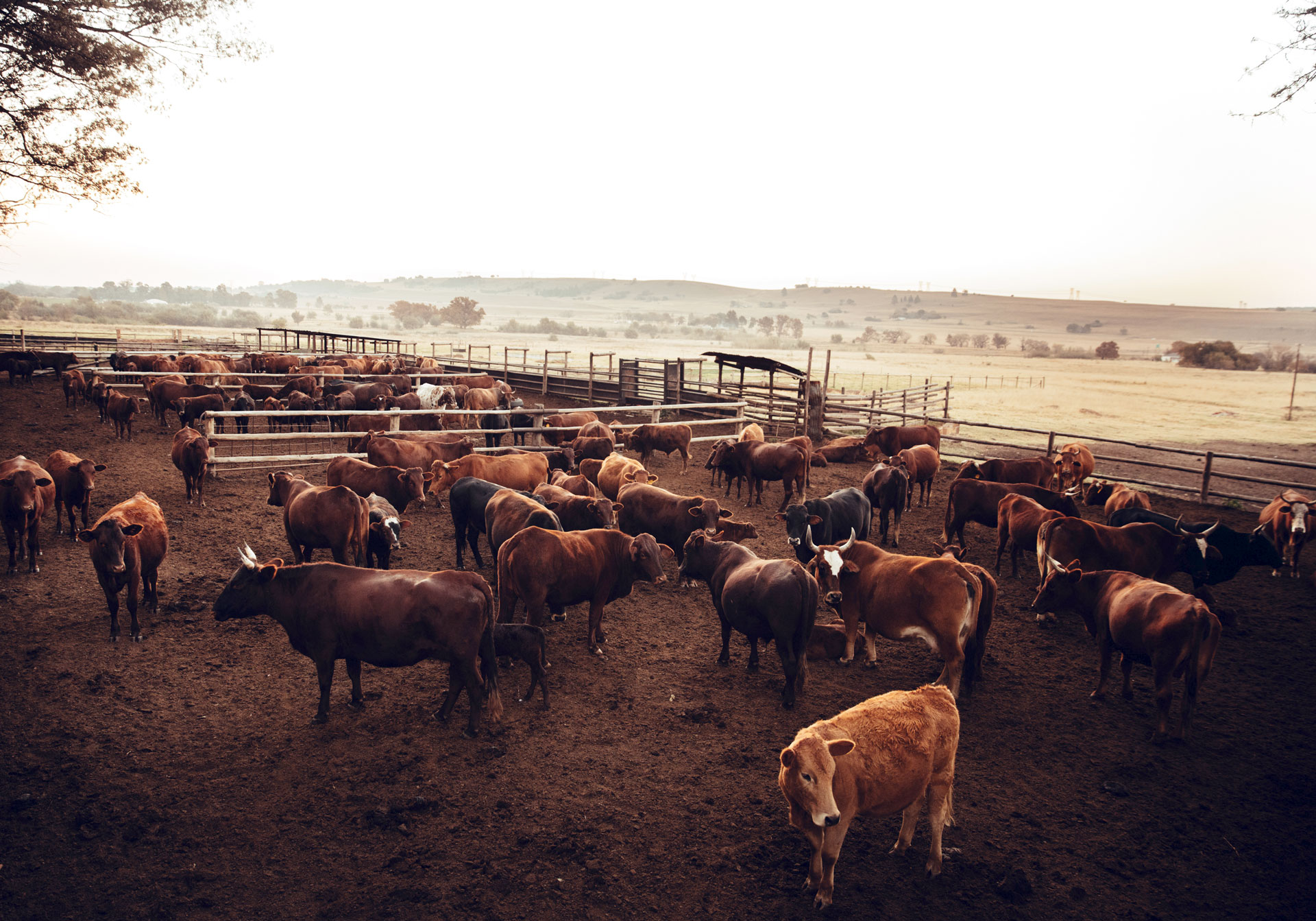
10. Collective Consumer Voices Are Causing Shifts in Demand
There might be a lot to feel down about in our food system, but it’s important to note the influence that we as eaters have. From tackling food waste to advocating for greater transparency in our food system, our collective voices have been able to move the needle on a number of issues. We can see this clearly in the numerous companies that have decided to leave the Grocery Manufacturer’s Association (GMA), ultimately spurning a large trend. Big corporations, like Nestle and Campbell Soup Co., are set to leave the association by year’s end citing a lack of response to consumer expectations by the GMA. Mars, a large private food company that owns a variety of brands ranging from candy to pet food, is expected to follow suit. Meanwhile, 25 of the largest restaurant chains have adjusted their policies on antibiotics in their meat, tripling the number of restaurant policies in place just a mere three years ago, and bowing to consumer demands. Even McDonald’s has introduced a vegan burger to its menu (I know, we were shocked too). Thanks to consistent consumer pressure, companies are beginning to recognize that adopting more progressive principles is in the best interest for both shoppers and companies alike. (And while these changes are a step in the right direction, there is still significant change to be made to many of these companies’ practices, from labor to organic procurement and more.)
Our demand for more sustainable, transparent products has made a significant impact in our food system — ranging from supporting small producers to help them thrive, to shifting large corporations’ ethics and practices. As we head into 2018, let’s keep up the hard work and continue doing our part to build a stronger food system. As we’ve seen — together we can create real, lasting change.

Get the latest food news, from FoodPrint.
More Reading
A new report envisions federal food spending as a force for good
January 3, 2024
Looking ahead: Our 8 predictions for the top food and agriculture stories in 2024
December 20, 2023
Commit to sustainable habits with our Reduce Your Foodprint Challenge
December 18, 2023
The biodiversity crisis is about more than genetics
October 24, 2023
What does the expanding PFAS crisis mean for the food system?
September 12, 2023
Why Heirloom Seeds Matter
August 18, 2023
Small Farmers in Post-Flood New England Are Starting to Rebuild, but Climate Extremes Are Here to Stay
August 17, 2023
Georgia’s Peach Crop Loss Is About More Than Just Fruit
August 7, 2023
Can We Really Eliminate Invasive Species by Eating Them?
July 19, 2023
Learn About the Fight for Values-Based Food Purchasing — and Recommendations From a New Report
July 10, 2023
